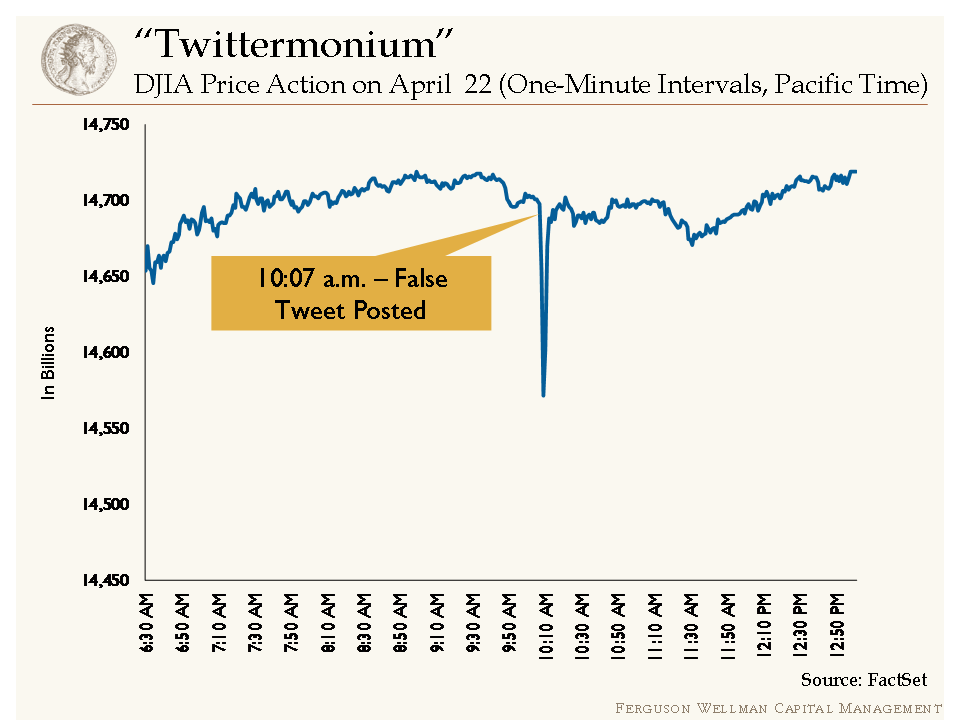Beginning of the Bond Bear Market?
Interest rates have been moving upward. After peaking in mid-March at 2.06 percent, the yield of the 10-year U.S. Treasury dropped to 1.63 percent in early May. Since then, the yield has spiked to over 2.20 percent. Much of the rise can be attributed to Federal Reserve governors opining on whether the Fed should begin reducing its monthly purchases of $85 billion in securities at some point later this year.
This potential change in strategy has been referred to as “tapering” in the financial media. Rather than actively draining reserves from the system or increasing short-term interest rates, the Federal Reserve would simply purchase fewer securities than in the past. This would be a very minor change in strategy; however, the bond market has interpreted it as a turning point in the interest rate cycle and some commentators are calling it “the beginning of the bond bear market.”
Given the recent upward move in rates and the media chatter on a bond bear market, we thought it would be timely to review our fixed income outlook and strategy.
Though we expect some second half economic acceleration, our outlook is for continued below-trend GDP growth (2 to 3 percent) for this year and next. We believe that significant fiscal stimulus cannot happen with our budget constraints, and with interest rates this low, monetary policy is “pushing on a string.” Coupled with persistent slack in the labor market, this translates to slow growth which translates into slow employment growth and wage gains, as well as tame inflation. These are not the makings of a bond market rout. Nonetheless, we believe the economy will find firm enough footing late this year or early next for the Fed to "taper" its $85 billion-per-month purchases of securities. "Taper" refers to reducing the amount of fixed income securities the Fed purchases each month. Thus tapering still adds money to the financial system, just at a slower rate. The recent rise in interest rates is the bond market discounting this occurrence. As exhibited in the accompanying graph, the yield of the 10-year Treasury has now moved into the lower half of our 2013 forecasted trading range of 2.0 to 2.5 percent.
The bond market is behaving largely as we have expected: a measured rise in rates. With our mildly bearish outlook for bonds, we still believe that being modestly short of our duration benchmarks is appropriate. That said, in a diversified portfolio for a long-term investor, there should always be some allocation to long-term bonds for reasons of diversification, yield, and a hedge against uncertainty. Therefore, even if we become more bearish on bonds, we expect portfolios to still contain a small allocation to long-term bonds.
In balanced portfolios, we are significantly underweight to bonds. Naturally, we are continually monitoring the macroeconomic landscape to determine if a change in strategy is warranted. While there is some room to express greater bearishness on bonds, we feel the current short duration and underweight allocation are currently appropriate in this economic and market environment.
Best regards, Fixed Income Team Marc Fovinci, CFA Brad Houle, CFA Deidra Krys-Rusoff Joe Brooks

















